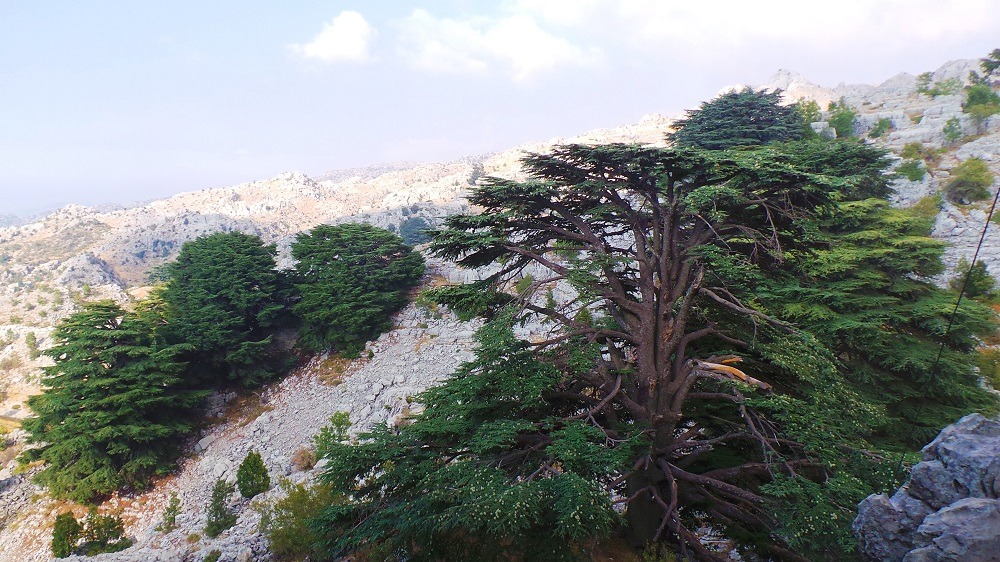When most people think of Middle Eastern landscapes, they conjure up images of the endless desert intimidating rock formations, and untouched beach scenery. On the contrary, the Middle East actually features some of the most captivating forests, with their lush and beautiful greenery. Ranging from Lebanon’s Jaj Cedars Forest to the Ajloun Reserve in Jordan, let’s find out more about them.
Foret De Bouskoura Forest
The Foret De Bouskoura can be found on the outskirts of Morocco’s Casablanca and is said to be perfect for outdoor activities such as trekking, running or even camping. The forest offers a nice change of pace from the city and consists mainly of eucalyptus trees. It also extends over an area of 2,992 acres and provides nature lovers with an opportunity to wander around beautiful scenery and breathe some fresh air. The forest usually attracts families who come for picnics or other family activities.
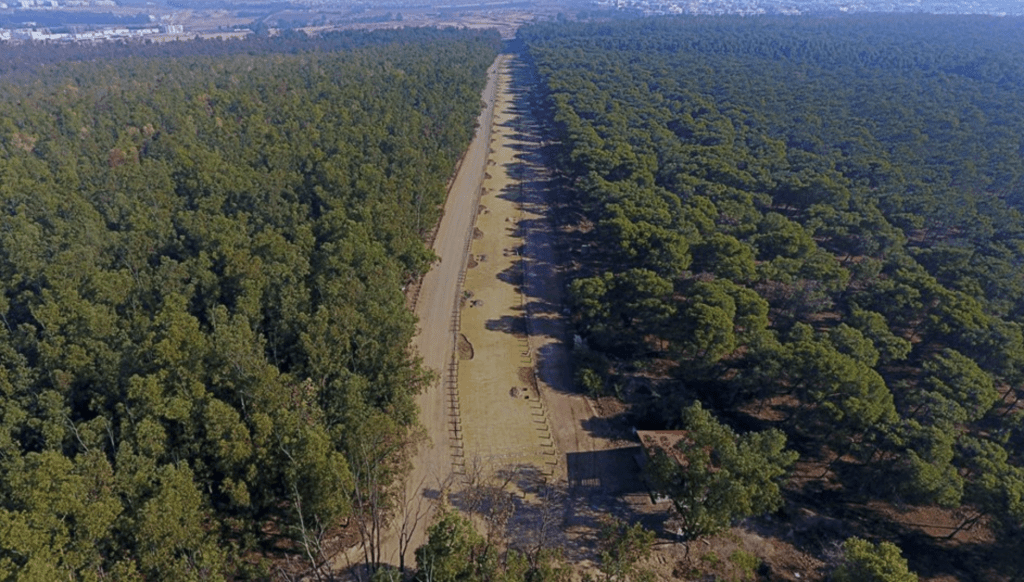
Dibbeen Forest Reserve Forest
Dibbeen Forest is a nature reserve with 8.5 square kilometers of rolling hills covered in pine oak. The forest is also close to the Roman city of Jerash. One of Jordan’s oldest and most organically developed environments, this area is home to the country’s largest Aleppo Pine trees. Throughout the reserve, there are at least 17 endangered species that have been discovered. They include the Persian red squirrel, grey wolves, and striped hyenas.
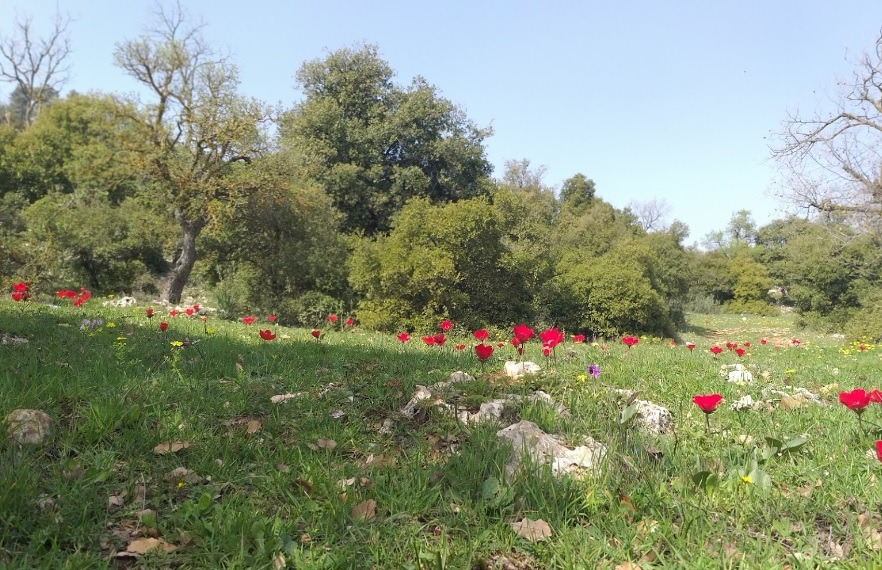
Jaj Cedars Forest
One of the oldest in the region, is situated at an altitude of 1,500 meters in Lebanon’s high mountain, Jaj. Its history dates back to the third millennium BC when the Phoenicians utilized cedar wood to build their ships. As for the reserve, it was established in April 2014 under the direction of the Ministry of the Environment. Also, the forest currently has more than 600 species of plants and trees, including three flower species and three butterfly species that are native to the nearby village of Jaj.
Qurum Natural Reserve Forest
Qurum Nature Reserve is located in the Qurum neighborhood in the heart of Oman’s capital Muscat. The site is significant on a global scale as it protects one of the greatest natural mangrove forests in the Oman Sea ecoregion and along the east coast of the Arabian Peninsula. The mangroves help protect surrounding areas from floods, cyclones, and purify the atmosphere of greenhouse gases by absorbing carbon dioxide. Also, there are a diverse set of organisms and seabirds that live in it, as 27 types of crustaceans, 48 types of mollusks and 40 types of fish have been recorded there.

Ajloun Reserve Forest
The Ajloun Forest Reserve is a 13 square kilometer area of protected territory north of Amman and close to the Ajloun Governorate. The forest reserve is home to a wide range of wildlife and works to protect particular species that are threatened by extinction from the region. For example, there is a special area set aside for birds that are threatened with extinction as well as breeding programs for the region’s endangered roe deer. Ajloun Reserve is also known for its accessible hiking paths and calligraphy studio which aims to introduce foreign tourists to the beauty of the Arabic language.
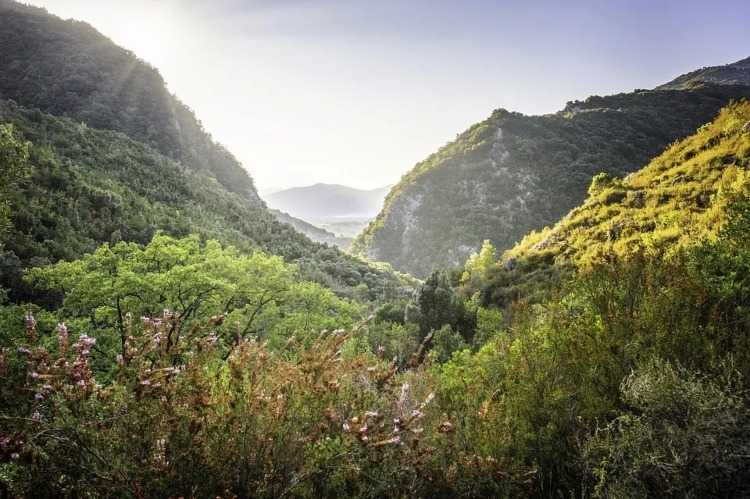
Salalah Khareef Forest
This forest is one of Oman’s spectacular destinations. Located in Salalah, the Salalah Khareef, also known as the Salalah Monsoon forest, is a once-a-year phenomenon that turns a sizable area of land into a lush forest and a “paradise” as many described as perfect for humans and animals. The average temperature drops from 50 degrees to a chilly 20 degrees during these three months each year, which are from the end of July to the beginning of September.
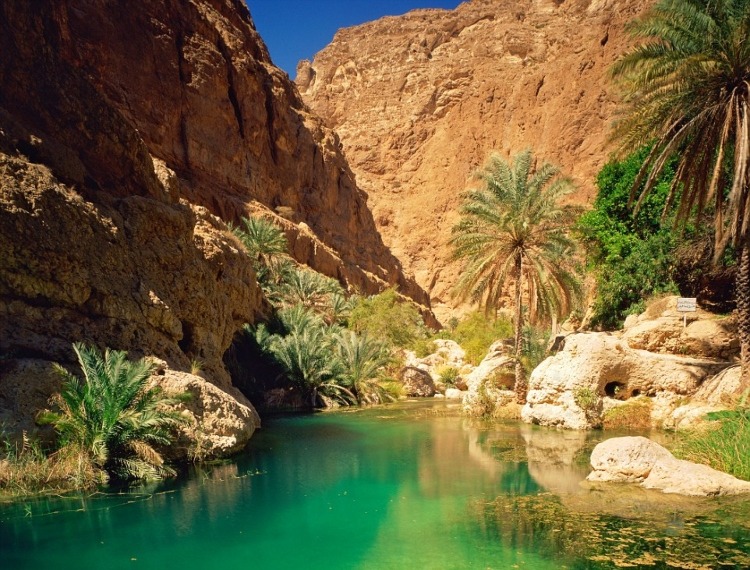
If you’re wondering where to escape the hustle and bustle of the city and reconnect with nature, consider visiting one of these forests and taking in all its greenery. From Jordan to Morocco, make sure to visit these forests and add them on your bucket list.



